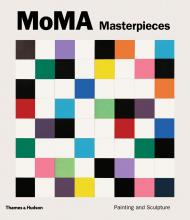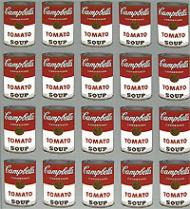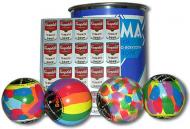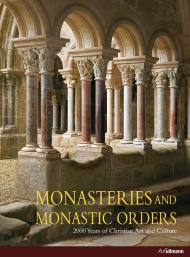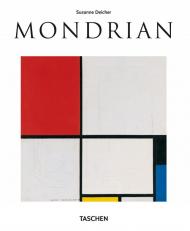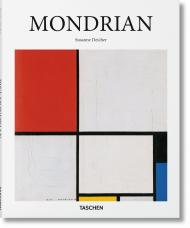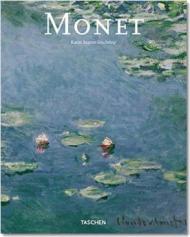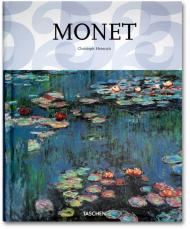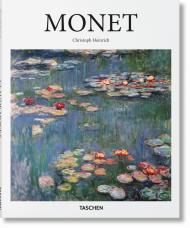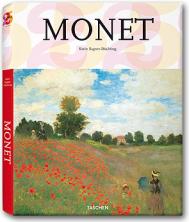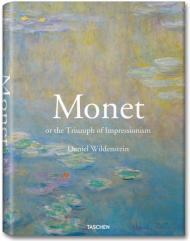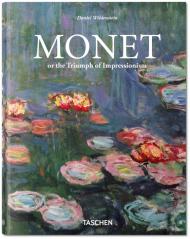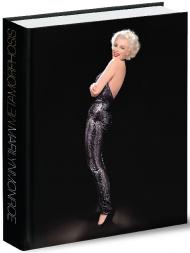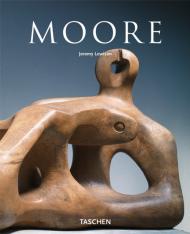With extraordinary exhibitions and the world’s finest collection of modern and contemporary art, MoMA is dedicated to the conversation between the past and the present, the established and the experimental
With 126 years spanning the time between the earliest and most recent works, MoMA Masterpieces offers an unparalleled opportunity to immerse oneself in the multitude of artistic approaches encompassed under the banner of modern art.
This richly illustrated overview provides the perfect means to understand and enjoy the art of our time. The book opens with an introduction by Ann Temkin, who offers reflections on the development of the collection. The thoughtful selection of works that follows highlights the collection’s peerless range of styles and ideas.
Legendary favourites, such as van Gogh’s 'The Starry Night', Picasso’s 'Girl before a Mirror' and Andy Warhol’s 'Gold Marilyn Monroe', sit alongside lesser-known masterworks such as Horace Pippin’s 'Abe Lincoln, The Great Emancipator' and Niki de Saint Phalle’s 'Shooting Painting American Embassy'. Contemporary landmarks, such as Gerhard Richter’s 'October 18, 1977' and Kara Walker’s 'Gone: A Historical Romance of a Civil War as It Occurred b’tween the Dusky Thighs of One Young Negress and Her Heart' demonstrate the outstanding contributions of more recent art.
About the Author:
Ann Temkin is the Marie-Josée and Henry Kravis Chief Curator of Painting and Sculpture at The Museum of Modern Art.
